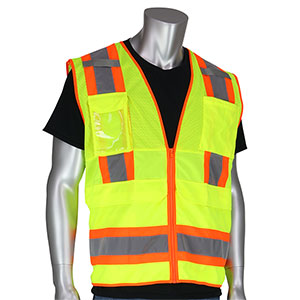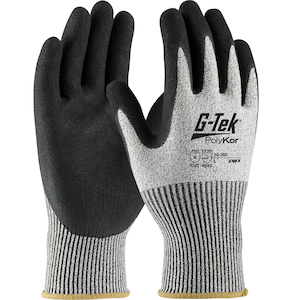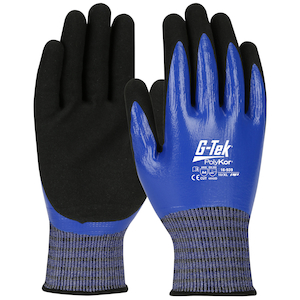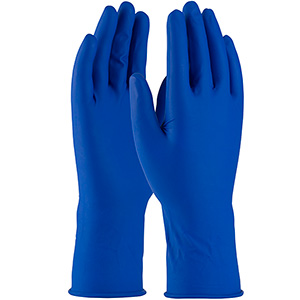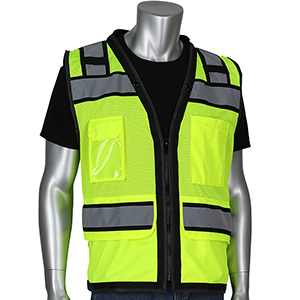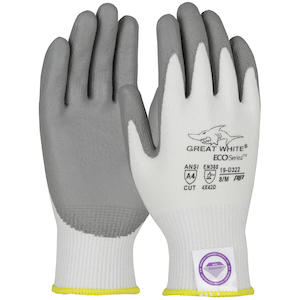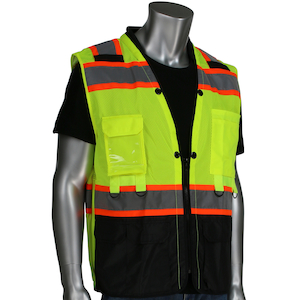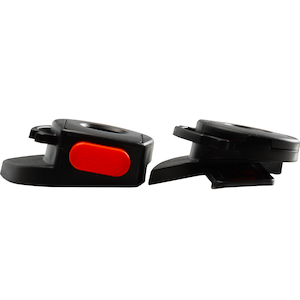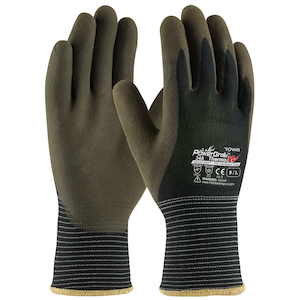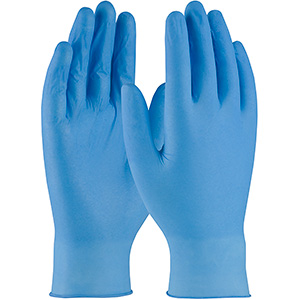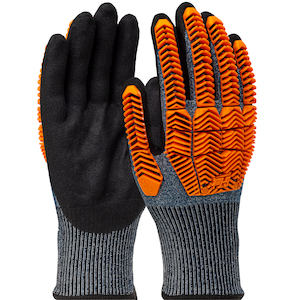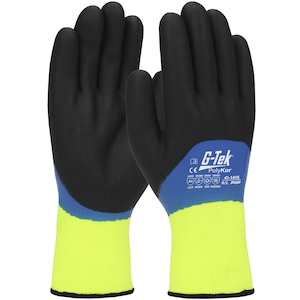
-
 Safety HelmetsTraverse™280-HP1491RVM
Safety HelmetsTraverse™280-HP1491RVM
-
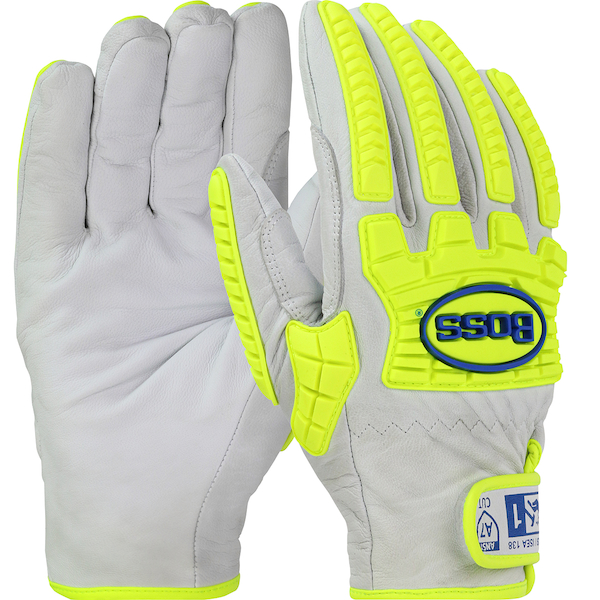 Hi Performance GloveBoss®9916
Hi Performance GloveBoss®9916
-
 Arc Protection KitsPIP®9150-52436
Arc Protection KitsPIP®9150-52436
-
 Extended Use Disposable GlovesGrippaz™ Engage67-307
Extended Use Disposable GlovesGrippaz™ Engage67-307
-
 Safety HelmetsKilimanjaro™280-HP642R-CH
Safety HelmetsKilimanjaro™280-HP642R-CH
-
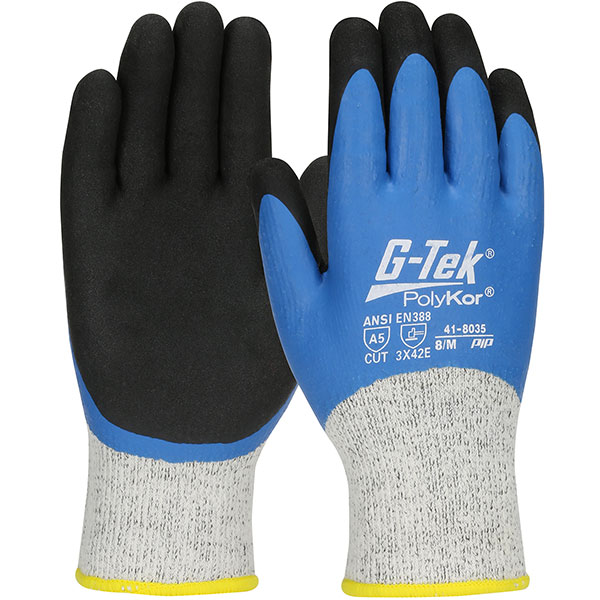 Protection From ColdG-Tek® PolyKor®41-8035
Protection From ColdG-Tek® PolyKor®41-8035
-
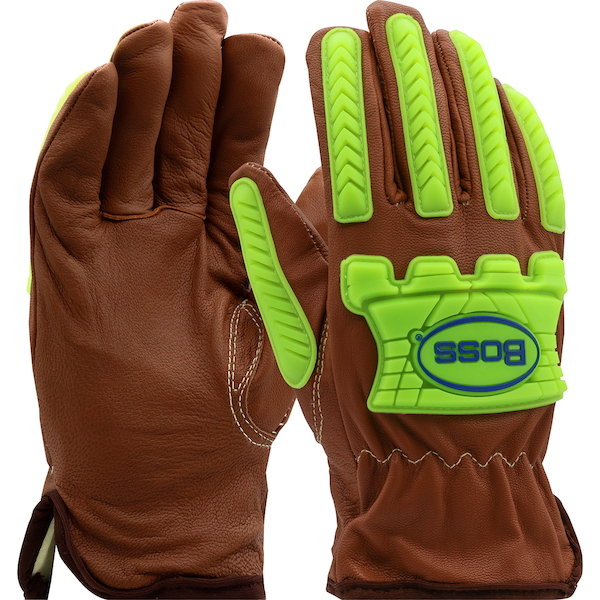 Hi Performance GloveBoss® XtremeKS993KOAB
Hi Performance GloveBoss® XtremeKS993KOAB
-
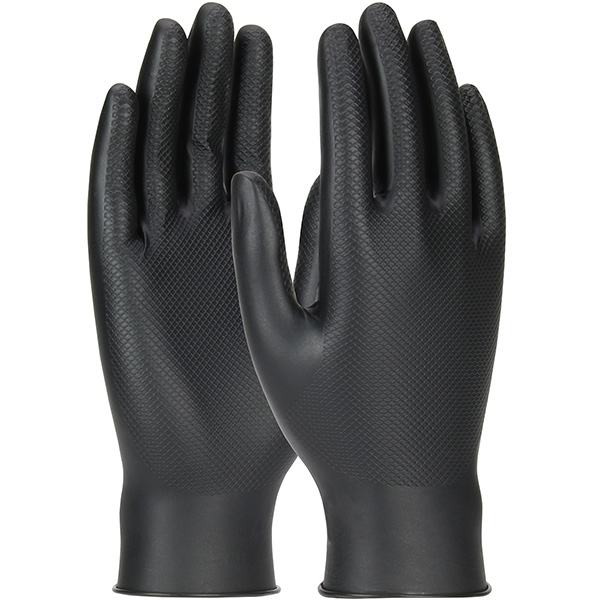 Extended Use Disposable GlovesGrippaz™ Skins67-246
Extended Use Disposable GlovesGrippaz™ Skins67-246
-
 Hi Performance GloveBoss®120-MP2415
Hi Performance GloveBoss®120-MP2415
-
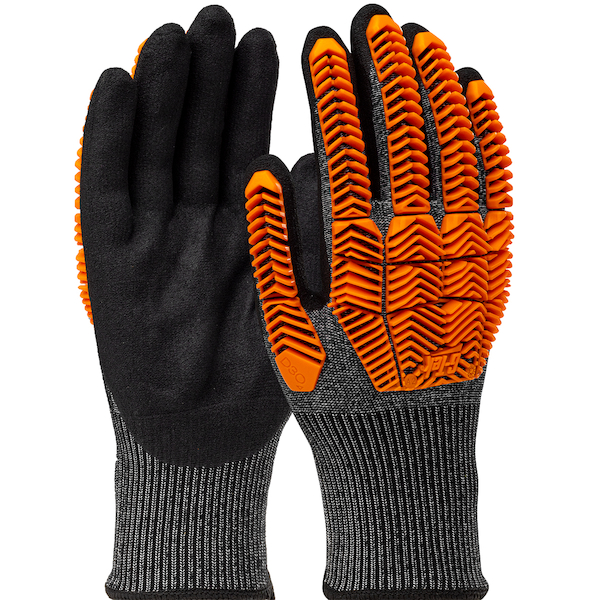 Hi Performance GloveG-Tek® PolyKor®16-MPT630
Hi Performance GloveG-Tek® PolyKor®16-MPT630
-
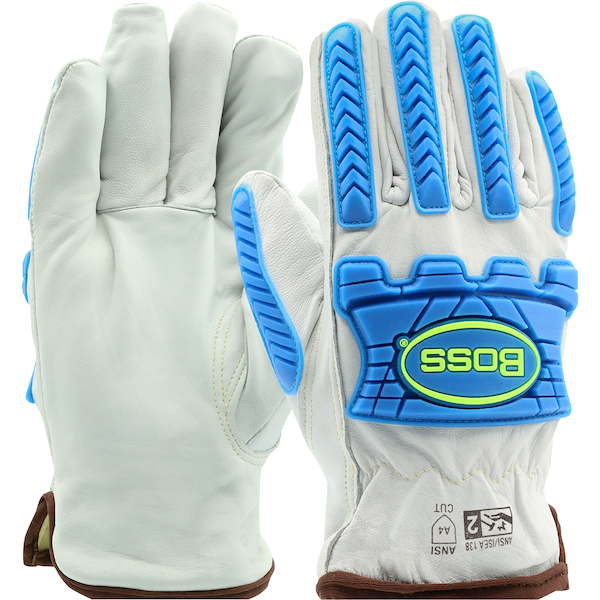 Hi Performance GloveBoss®9120
Hi Performance GloveBoss®9120
-
 First Aid KitPIP®299-HEATKIT
First Aid KitPIP®299-HEATKIT


















